Essen, Germany, boasts a diverse architectural landscape that reflects its rich history and economic development. Here’s a description of some of the architectural features and styles you can find in Essen:
- Industrial Heritage: Essen has a strong industrial heritage, particularly as the heart of the Ruhr area, a former coal and steel production region. The Zollverein Coal Mine Industrial Complex, a UNESCO World Heritage Site, is a prime example of industrial architecture. It’s an iconic symbol of the city, featuring Bauhaus-style buildings, including the distinctive Coal Washing Plant, with its blend of functionalism and aesthetics.
- Historic Buildings: The city also has historic architecture, including some beautiful churches like Essen Cathedral (Essener Münster) and the Old Synagogue, which showcase various architectural styles, such as Romanesque and Gothic.
- Modern Architecture: Essen has seen a resurgence in modern architecture over the years. The most famous example is the ThyssenKrupp Quartier, a mixed-use development known for its innovative, sustainable design. The district blends contemporary and eco-friendly elements.
- Residential Areas: Essen’s residential areas exhibit a mix of architectural styles, ranging from 19th-century Wilhelminian and Art Nouveau buildings to post-war reconstruction and more recent developments. The city center features many elegant townhouses and apartment buildings.
- University Campuses: Essen is home to several universities, and their campuses include a mix of modern and functionalist buildings. The University of Duisburg-Essen, for example, has contemporary structures blended with green spaces.
- Public Buildings: Public buildings in Essen, like the Grillo Theater and the Philharmonie Essen, showcase modern design and functionality, often with an emphasis on creating dynamic cultural spaces.
- Parks and Gardens: The city is also home to beautiful parks and gardens, some with architectural elements like the Grugapark, which combines lush greenery with various pavilions and art installations.
- Ruhr Museum: The Ruhr Museum, located in the Zollverein complex, is housed in a former coal washing plant and is a prime example of adaptive reuse. Its architecture cleverly integrates the industrial past with a contemporary museum space.
- Art Installations: Essen often hosts art installations and exhibitions, which can be found throughout the city, adding a dynamic and ever-changing element to its architectural landscape.
Essen’s architecture reflects its transformation from an industrial powerhouse to a modern, diverse, and culturally rich city. It’s a place where the old and the new coexist, often with a focus on preserving the heritage while embracing the future.

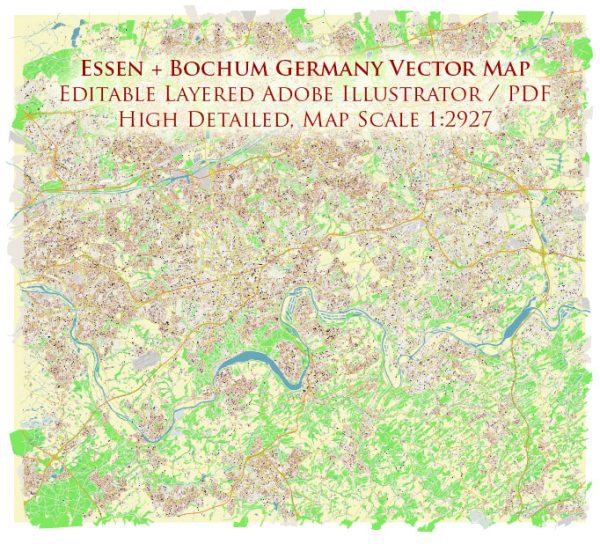
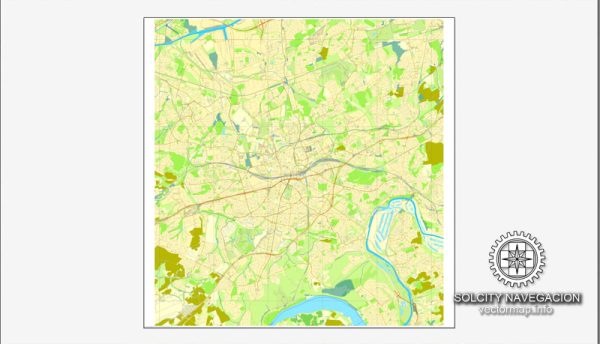
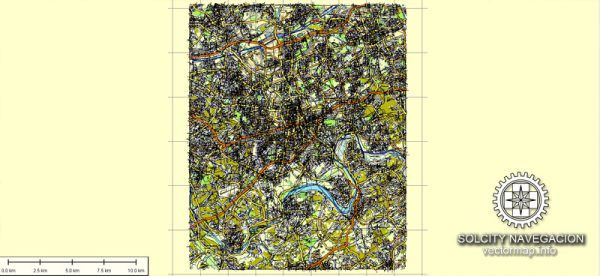
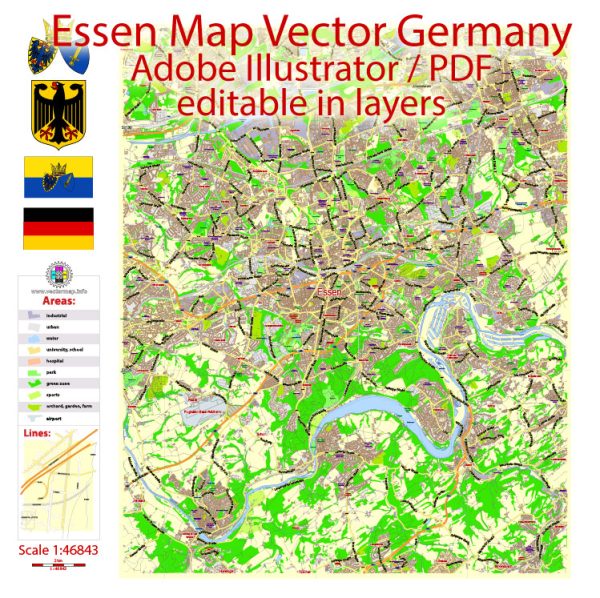
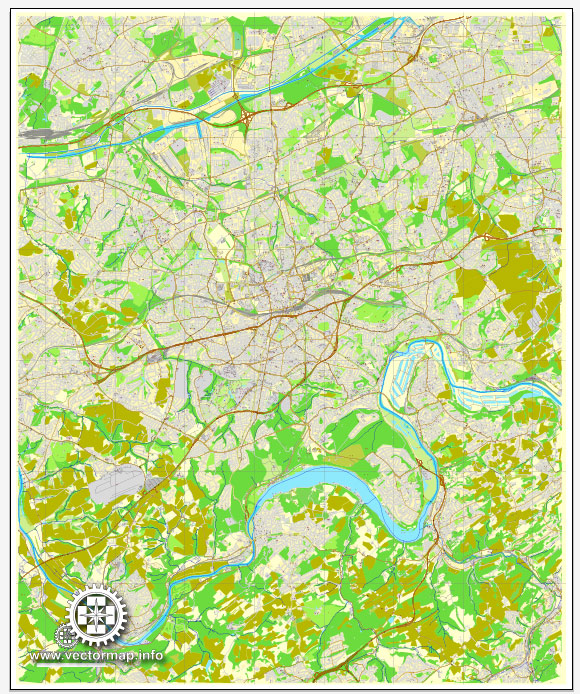
 Author: Kirill Shrayber, Ph.D.
Author: Kirill Shrayber, Ph.D.